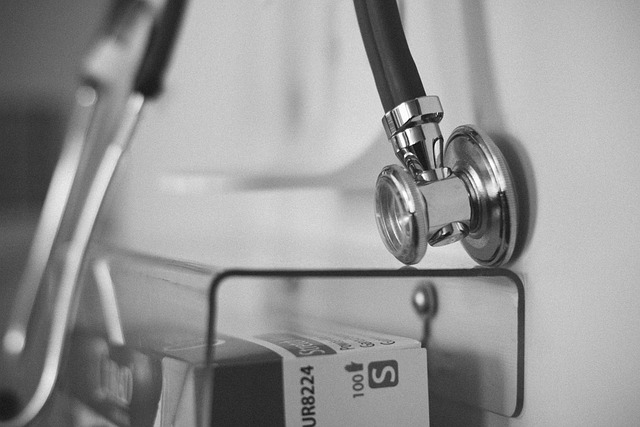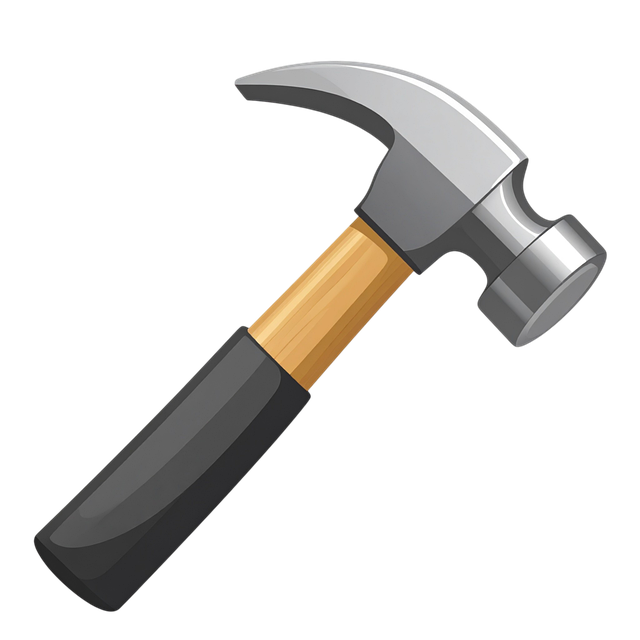Identifying workflow bottlenecks through observation and analysis is crucial for maximizing efficiency with diagnostic tools. By recognizing wasted time and resources, like repetitive tasks or outdated tech, strategic tool selection enhances accuracy and streamlines operations across healthcare, specialized testing, and biology. Integrating advanced digital diagnostics, such as remote patient monitoring and cardiac equipment, improves patient outcomes in healthcare. These tools automate processes, reduce errors, and empower better decision-making for improved efficiency and productivity in various sectors, from healthcare to businesses.
Maximize your productivity by harnessing the power of efficient tools. In today’s fast-paced world, understanding your workflow is key to identifying bottlenecks and areas for improvement. This article guides you through a strategic approach to enhancing productivity: from recognizing inefficiencies to selecting the best diagnostic tools tailored to your needs. Learn how seamless integration and automation can streamline processes, while data analysis offers valuable insights for continuous optimization.
- Understanding Your Workflow: Identify Bottlenecks
- Choosing the Right Tools for Your Needs
- Integrating Diagnostic Software Seamlessly
- Automate Tasks for Time Efficiency
- Data Analysis: Extract Insights for Improvement
Understanding Your Workflow: Identify Bottlenecks

Understanding your workflow is a critical step in maximizing efficiency with tools. By closely observing and analyzing your daily tasks, processes, and challenges, you can identify bottlenecks—areas where time or resources are wasted due to inefficiencies. These might include repetitive manual tasks, delays caused by data entry or communication issues, or reliance on outdated technology. Once these bottlenecks are recognized, you can strategically choose tools designed to address them.
Selecting the right diagnostic tools plays a pivotal role here. Depending on your industry and specific needs, consider non-invasive health assessment tools for healthcare, gastrointestinal diagnostic tools for specialized medical testing, or advanced blood analysis equipment for detailed biological insights. These tools not only enhance accuracy but also streamline operations, allowing you to focus more on productivity and less on operational hurdles.
Choosing the Right Tools for Your Needs

Selecting the appropriate tools is key to maximizing efficiency and achieving desired outcomes, especially in healthcare settings where precision and accuracy are paramount. When it comes to managing chronic conditions or diagnosing cardiac issues, the right diagnostic tools can make all the difference. For instance, choosing between various remote patient monitoring devices and cardiac diagnostic equipment requires a thorough understanding of your patients’ needs and the specific challenges you face.
Opting for advanced digital diagnostics for chronic conditions allows healthcare professionals to remotely collect patient data, enabling efficient long-term care. This approach is especially beneficial for managing complex cases where regular in-person visits may not be feasible. By utilizing these tools effectively, medical practitioners can ensure continuous monitoring and timely interventions, ultimately enhancing patient outcomes and overall efficiency.
Integrating Diagnostic Software Seamlessly

In today’s digital age, maximizing efficiency in healthcare operations has become paramount. One powerful way to achieve this is by seamlessly integrating diagnostic software that streamlines processes and enhances accuracy. When selecting diagnostic tools, it’s crucial to consider the specific needs of your practice or institution. Dermatological examination devices, for instance, require advanced imaging technology to detect even the subtlest skin anomalies. Similarly, personalized medicine diagnostic tools cater to tailored healthcare solutions, leveraging lab-quality diagnostics at home to provide faster, more convenient results.
A key aspect of successful integration is ensuring these tools work harmoniously with existing systems. This not only simplifies workflows but also reduces potential errors and delays. By adopting the right diagnostic software, healthcare providers can focus more on patient care, interpretation of data, and developing personalized treatment plans, ultimately improving overall efficiency and patient outcomes.
Automate Tasks for Time Efficiency

In today’s fast-paced world, time is a valuable commodity, and maximizing efficiency in daily tasks can significantly improve productivity. One effective strategy to achieve this is by automating repetitive and time-consuming processes. When it comes to technical or diagnostic tasks, utilizing specialized tools can streamline operations and deliver accurate results swiftly. For instance, selecting the right diagnostic tools allows professionals to conduct assessments efficiently, whether it’s for basic troubleshooting or complex medical image analysis.
By leveraging lab-quality diagnostics at home and medical image analysis tools, individuals and businesses can ensure precise and timely decision-making. These advanced technologies enable automated tasks, reducing human error and increasing overall efficiency. With the right set of tools, even specialized testing equipment, one can navigate intricate processes with ease, making everyday tasks more manageable and opening up time for deeper focus and creativity.
Data Analysis: Extract Insights for Improvement

Data Analysis plays a pivotal role in maximizing efficiency with tools. By carefully examining and interpreting data collected from various operations, businesses can uncover valuable insights that drive improvements and optimizations. This process involves selecting the right diagnostic tools tailored to specific needs, such as home-use diagnostic testers for accessibility or oncology diagnostic aids for precision healthcare. The insights gleaned from these tools enable informed decision-making, leading to enhanced productivity and better resource allocation.
For instance, otolaryngology screening equipment can provide critical data points related to patient health and diagnosis. This information is crucial for identifying areas where current processes can be streamlined or where new tools might be needed. By leveraging these insights, healthcare providers can ensure they use the most efficient diagnostic methods, ultimately improving patient outcomes and operational effectiveness.
Maximizing efficiency through strategic tool selection and integration is key to streamlining any workflow. By understanding your unique bottlenecks, choosing the right tools tailored to your needs, and automating tasks where possible, you can significantly enhance productivity. Integrating diagnostic software seamlessly into your processes allows for insightful data analysis, enabling you to make informed decisions for continuous improvement. Remember, selecting the most appropriate diagnostic tools is crucial to achieving peak efficiency in today’s fast-paced business environment.
